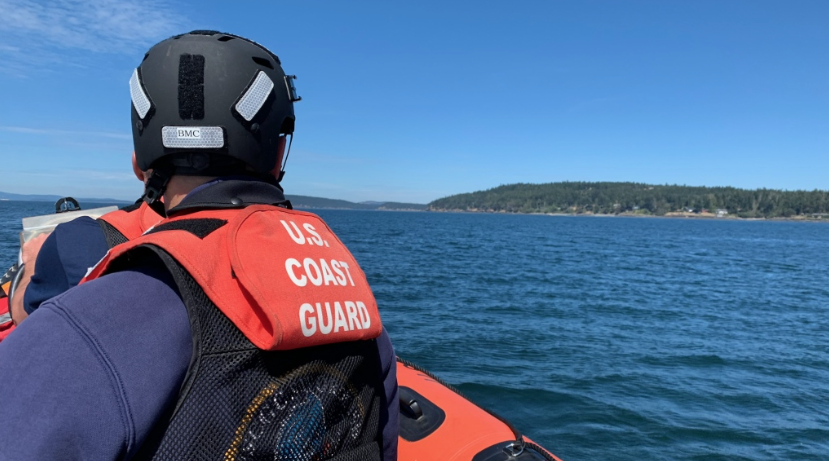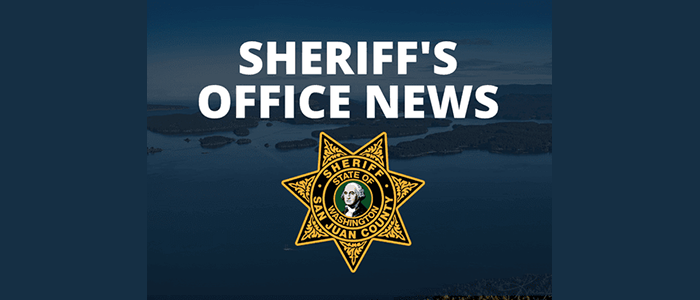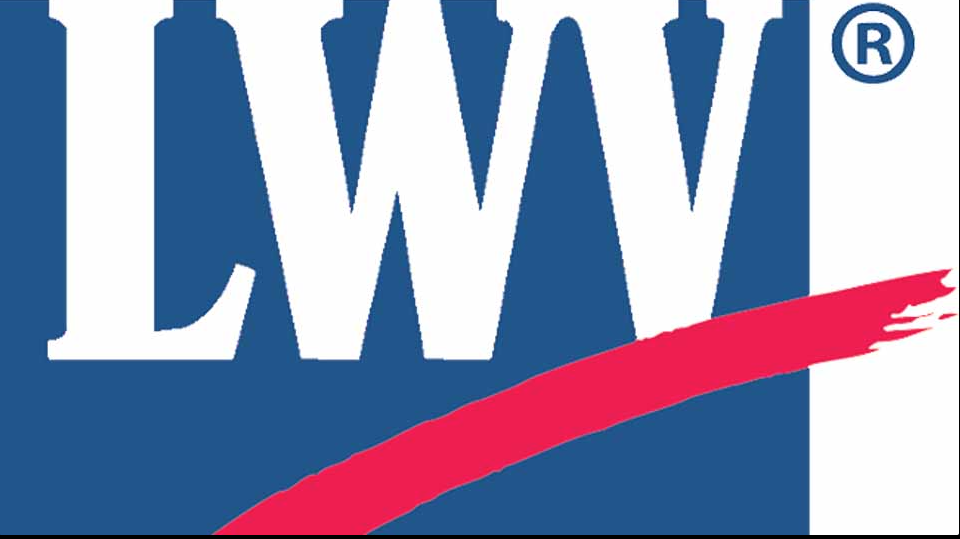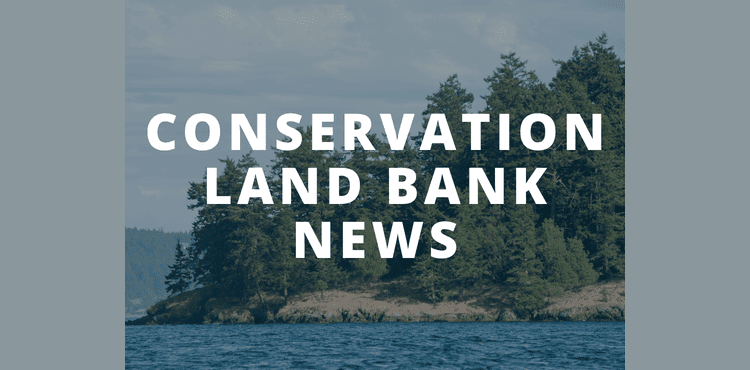||| FROM CTV VANCOUVER NEWS |||
A fishing boat that sank with nearly 10,000 litres of fuel on board near the Canada-U.S. marine border went down in one of the worst possible places for endangered orcas, an ocean pollutants expert says.
Peter Ross, a senior scientist with Raincoast Conservation Foundation, said the vessel sank in an important feeding area for endangered southern resident killer whales. It will be a race against time to clean up the spill, he said.
“The very worrying part of this entire incident is that it happened probably in the worst place of all for southern resident killer whales, right in the middle of critical habitat,” Ross said.
The area is protected under the U.S. Endangered Species Act, he said, because it’s a popular fishing spot for the orcas. Chinook salmon, the whales’ main prey and a species facing its own survival challenges, swim along bluffs on San Juan Island, creating a feeding channel for the orcas, he said.
There are only 74 southern resident killer whales remaining and the federal government says the main threats to the species are contaminants, declining chinook populations and acoustic disturbances.
The U.S. Coast Guard said Monday the whales were last spotted west of Port Angeles, at least 50 kilometres from the spill site, but Ross said that’s not more than a day’s journey for the orcas.
The Aleutian Isle sank Saturday off San Juan Island, roughly 25 kilometres east of Victoria, and its five crew members were rescued by a Good Samaritan, the U.S. Coast Guard has said.
The vessel is under about 30 metres of water and the fuel on board included diesel, motor oil and other assorted oils. Officials have not determined what caused the sinking.
On Monday, the coast guard’s Pacific Northwest division said a dive team was looking for the best way to secure vents on the vessel so that the tanks can be defueled.
Petty Officer Michael Clark told The Associated Press that a sheen had entered Canadian waters and there was concern for the southern resident killer whales last seen near the southern tip of San Juan Island but moving away toward Port Angeles.
By Monday afternoon, they were spotted west of Port Angeles, “well away from the spill,” the coast guard said.








